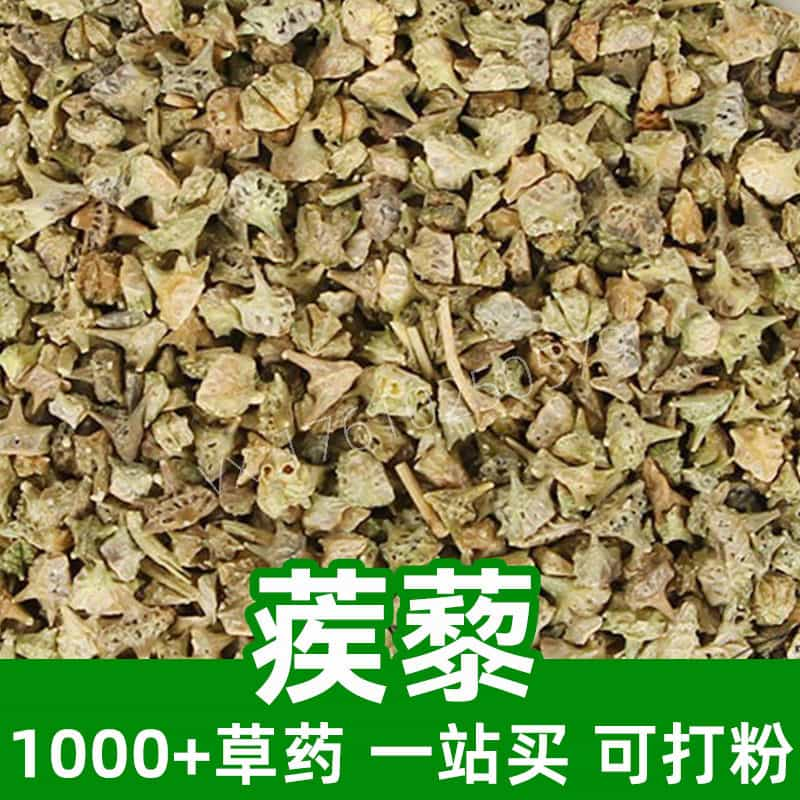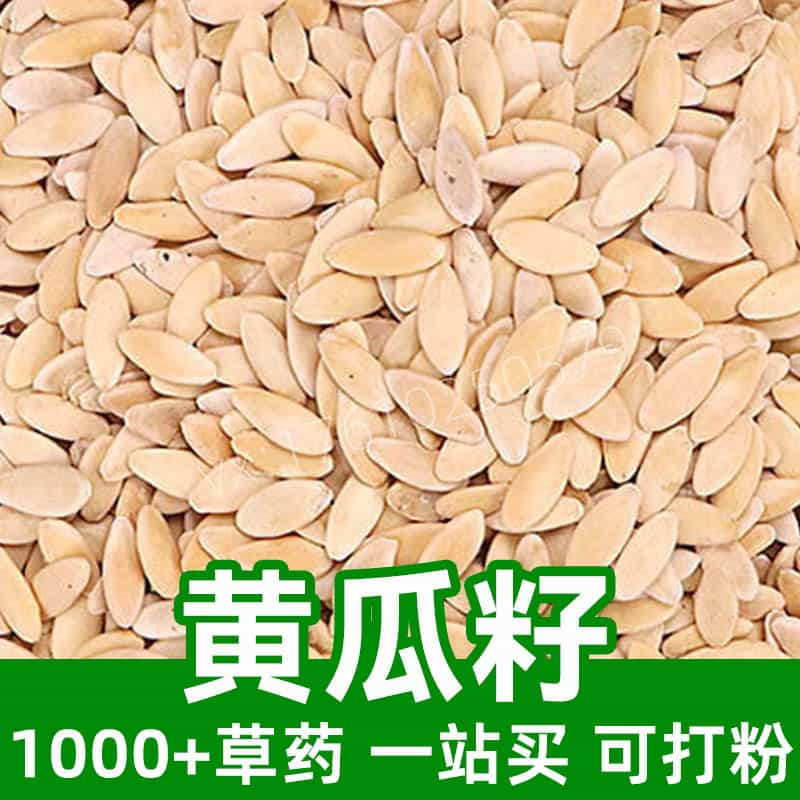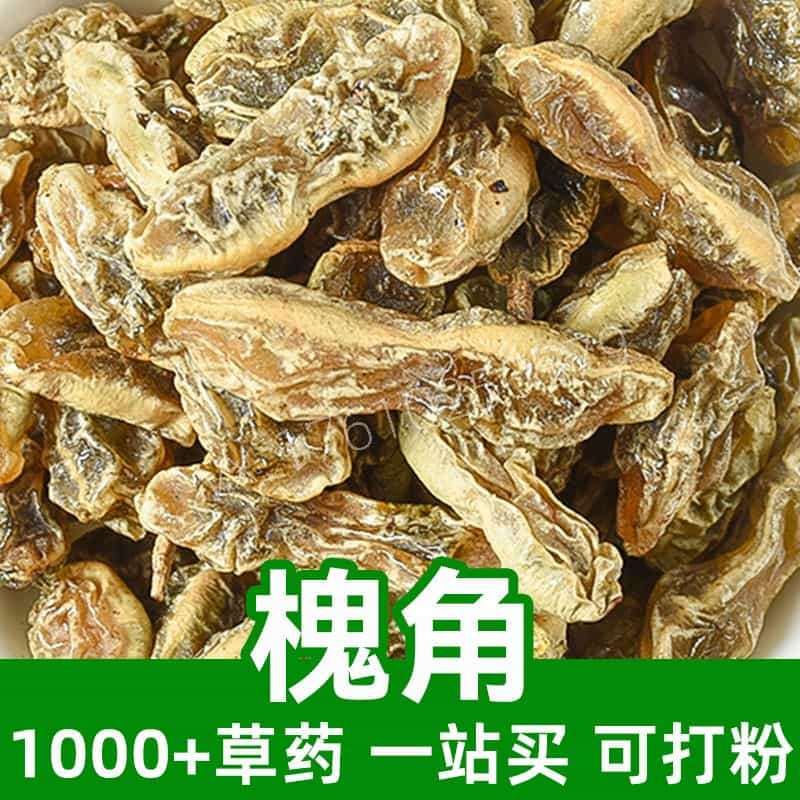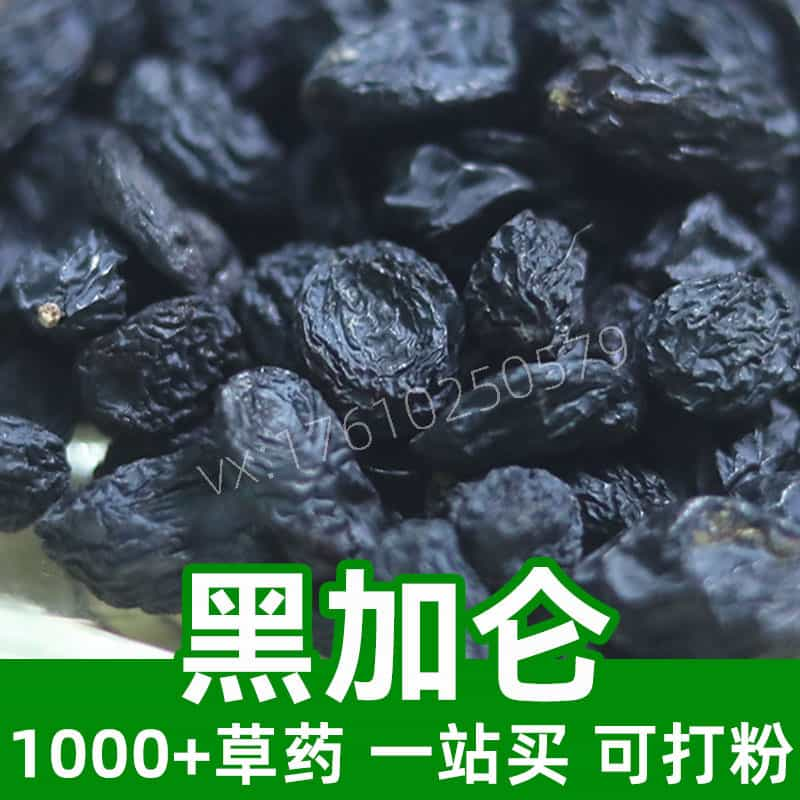Product Introduction
Cnidium Monnieri, commonly referred to as She Chuang Zi in Chinese, is a prominent herb in traditional Chinese medicine (TCM), renowned for its extensive usage and sought-after benefits. Primarily found in regions such as China, Korea, Japan, and parts of North America, this herb is characterized by its small, disk-like seeds that are highly aromatic. The plant typically grows in damp, shady environments, which contributes to its unique flavor profile and therapeutic attributes.
The main constituents of Cnidium Monnieri include essential oils, such as germacrene and other terpenes, along with a variety of coumarins, which play a significant role in its traditional uses. Cnidium Monnieri is primarily applied for its warming properties, making it a valuable addition to formulations aimed at promoting circulation and enhancing overall wellness. In TCM practice, it is often combined with other ingredients to support various physiological functions.
Traditionally, Cnidium Monnieri is utilized in a range of preparations, including powders, decoctions, and herbal tinctures. Users appreciate it not only for its medicinal applications but also as a culinary herb that adds a distinct flavor to dishes. With growing interest in herbal supplements and natural remedies, Cnidium Monnieri continues to garner attention for its applications in both holistic health and culinary arts.
Main Active Ingredients
Cnidium Monnieri is celebrated for its rich profile of active compounds that contribute to its reputation in traditional practices. The herb is replete with essential oils, with the most notable being bergapten, which belongs to the class of furocoumarins and is known for its skin-enhancing properties. Additionally, imperatorin, a potent coumarin found within its seeds, exhibits significant biological activity and has garnered widespread attention within research circles.
Besides these furocoumarins, Cnidium Monnieri contains various flavonoids, including quercetin and kaempferol, both well-regarded for their antioxidant properties that enhance the herb's therapeutic appeal. These flavonoids work synergistically with other components, potentially aiding in mitigating oxidative stress and promoting overall health.
The essential oil profile comprises volatile compounds such as germacrene D and beta-caryophyllene, which contribute to the aromatic qualities of the herb and may also possess anti-inflammatory and analgesic effects in certain applications. This multifaceted composition not only reinforces Cnidium Monnieri's medicinal reputation but also highlights its versatility in culinary uses.
With its comprehensive array of active ingredients, Cnidium Monnieri exemplifies the classic principles of TCM, where the synergy of multiple components provides a holistic approach to health.
Product Application Scenarios, Usage, and Dosage
Cnidium Monnieri has secured its place in traditional Chinese medicine (TCM) as a vital component in various herbal formulations. It is primarily used in formulas aimed at enhancing vitality, promoting skin health, and supporting digestive functions. The taste and warming properties of this herb make it an ideal choice for tonifying the body and aiding in the dispelling of coldness.
In practical applications, Cnidium Monnieri can be consumed in several forms, including powders, capsules, decoctions, or as an ingredient in commercial herbal formulations. Traditional usages suggest that herbal decoctions should consist of 6-12 grams of the herb per day, though dosages can vary based on individual health needs and the specific formulation in which it is included.
When using Cnidium Monnieri for culinary purposes, it can be incorporated into soups, teas, or traditional dishes to enhance flavor and potential health benefits. Nevertheless, it is crucial for consumers to follow recommended dosages and consult with a qualified practitioner, particularly if they are considering the herb for therapeutic uses.
As with any herbal product, understanding individual health conditions and potential interactions with other medications is fundamental when integrating Cnidium Monnieri into one's health regimen.
Introduction to the Source Plant, Distribution, and Growth Environment
Cnidium Monnieri is a herbaceous perennial belonging to the Apiaceae (carrot) family. The plant typically reaches heights of 30-100 cm and is characterized by its feathery, compound leaves and small, white-green flowers that later produce the characteristic seeds. Its growth supports the Natural Ecology of areas with ample moisture, typically found in wetlands, along riverbanks, or in grasslands.
The distribution of Cnidium Monnieri is predominantly concentrated in East Asia, particularly in China, where it is widely cultivated in provinces like Shanxi, Gansu, and Sichuan. The plant is also present in other countries, including Japan, Korea, and even parts of North America, adapting well to diverse environments but favoring damp, shaded landscapes for optimal growth.
Cnidium Monnieri thrives in well-drained, fertile soil with a slightly acidic to neutral pH, with a preference for semi-shaded conditions that mimic its native habitats. Climate plays a vital role in its growth, with moderate temperatures and consistent moisture levels being ideal for cultivation.
Harvesting of Cnidium Monnieri typically occurs in late summer to early fall when the seeds are fully mature. The careful collection of seeds ensures that the vitality and active ingredients are maintained, allowing for effective preparations in both TCM and culinary practices.
Harvesting, Processing, and Storage
Harvesting Cnidium Monnieri is an essential step that requires precision to maintain its quality for medicinal and culinary applications. The seeds, which are the most commonly used part of the plant, are gathered once they reach maturity, typically during late summer or early fall. The timing of the harvest significantly affects the potency of the active ingredients, making it crucial to monitor the plant closely as it approaches maturity.
Once harvested, the seeds undergo processing to prepare them for use. Traditional methods involve cleaning the seeds to remove any debris and then drying them thoroughly to prevent moisture accumulation, which could lead to spoilage. The drying process is critical; proper drying techniques help preserve the integrity of the herb’s active compounds.
Storage of Cnidium Monnieri is best done in an airtight container placed in a cool, dry environment, away from direct sunlight. This precautionary measure is vital, as exposure to heat and humidity can compromise the efficacy of the product. When properly stored, Cnidium Monnieri seeds can maintain their quality for an extended period, ensuring that they retain their flavor and therapeutic properties.
In addition to traditional storage methods, some practitioners opt for encapsulating the dried seeds into powders or tinctures to enhance convenience and shelf life. Regardless of the storage method, the overarching principle remains the same: maintaining the quality and efficacy of Cnidium Monnieri through careful harvesting, processing, and storage practices to maximize its benefits for users in culinary and health contexts.
In summary, Cnidium Monnieri holds a prestigious role within the realm of traditional Chinese herbal medicine, exhibiting a comprehensive range of properties that underlie its enduring popularity. Understanding these aspects can help users make informed decisions about incorporating this exceptional herb into their health and wellness routines.
Monica Sun is a seasoned expert in the natural raw materials industry, with over a decade of experience specializing in traditional Chinese medicinal herbs, spices, and fungi. She is skilled in the sourcing, processing, and application of these materials, emphasizing sustainability and innovation. Monica Sun has contributed to the development of high-quality natural raw materials that serve as essential components in functional foods, pharmaceuticals, and cosmetics, delivering tailored solutions to meet diverse market needs.















